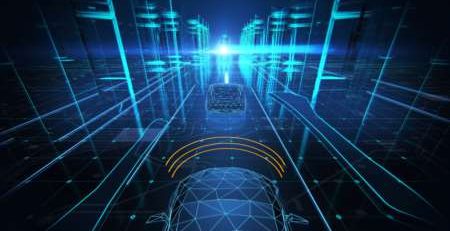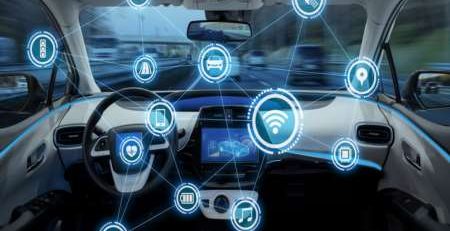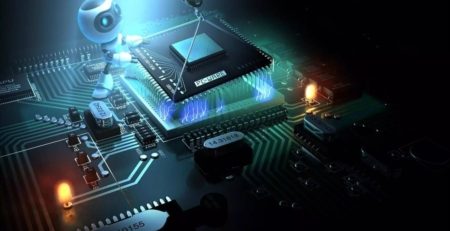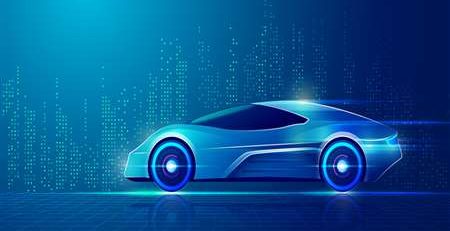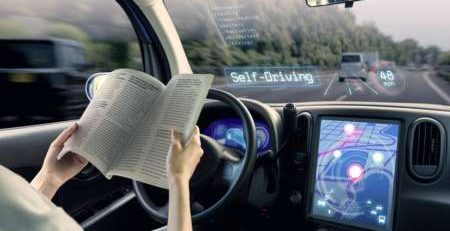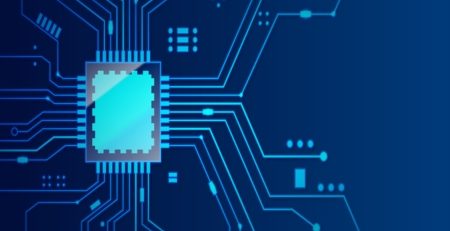Advances in technology allow analog computing to be used again
We live in an analog world dominated by digital processing. Traditional digital processors struggle to provide the necessary performance with low enough power consumption and sufficient memory resources. Now that artificial intelligence and deep learning applications are gradually being applied in various fields, the need for better performance and lower power consumption is becoming more and more important. Under the development and needs of such an era, analog computing may be the key to artificial intelligence innovation.
What is analog computing?
The first thing to understand is that analog computing is not new, it came before electronic circuits. In computing, the concept of instinct has to do with “numbers”. Most of today’s computers and computing functions are implemented using general-purpose digital logic, specialized arithmetic logic units (ALUs), or specialized computing engines. But in the first half of the 20th century, before digital processing and computers became commonplace, analog computers were used to perform calculations.
The main reasons for the replacement of analog computers by digital are as follows: First, the process and equipment of early analog computers were unstable.The analog calculation is a continuous signal, which is easily disturbed by noise, which leads to the problem of insufficient precision.Secondly, most of the analog computing is in memory, but it is difficult to achieve efficient storage, which is also the reason that restricts its technological evolution.
Now that Moore’s Law has reached its limit, the heat and power consumption of digital computing on a chip consisting of billions of transistors is enormous.In the post-Moore era, the efficiency improvement brought by process evolution has gradually been unable to meet the needs of the system. Architectural innovation is already necessary, especially for computing architecture innovations in specific fields. So simulation calculation has begun to be explored by the industry again.
So why revisit analog computing now?
As the process becomes stable and reliable, it can already support the realization of simulation calculation with a certain precision. Another point is that while analog computing is not great for storage, storage capacity can be increased through architectural innovation and integration with digital storage. More importantly, driven by application demand. Edge computing, such as battery-operated miniaturized devices, increasingly requires low power consumption in both quantity and quality.
In fact, analog computing has always been promising compared to digital computing. An analog representation of a computer system is often more natural because it directly reflects the structure of the system. In some cases, analog computers are faster than digital computers. Because it can solve multiple equations at the same time, whereas a digital computer solves one equation at a time and only gives simultaneous results. Furthermore, analog computing does not require converters for digital-to-analog conversion, and signals from many real-time systems can be computed simultaneously.
There are two main advantages to analog computing: one is speed, because the core of our computers is analog, and in many applications today, digital computers rely on a variety of sensors. Some of these can be quite complex and can involve simulation calculations if needed. Analog computing chips can interface directly with sensors and actuators, eliminating data movement; and power efficiency, with high performance and low latency, making them suitable for the hundreds of thousands of multiply-adds that occur in parallel during vector arithmetic operations.
What are the main applications of analog computing?
Analog computing is well suited to current edge AI computing needs, especially for neural network and perception applications. Because the fault-tolerant characteristics of these two fields are very strong. Fault tolerance can be achieved through algorithms, so that the joint design of software and hardware can be carried out with the circuit design scheme. According to the analysis of relevant experts, analog memory computing technology may be very suitable for ultra-low-power TinyML perception tasks. For example, keyword discovery and visual wake-up words in edge computing applications.
Network edge computing now requires a variety of cameras, lidars, security and other sensors to generate so much data that it is difficult to fit such a large data model into a chip.In artificial intelligence computing, chips often need to handle a large number of simple arithmetic operations, which themselves have trillions of additions and multiplications.


